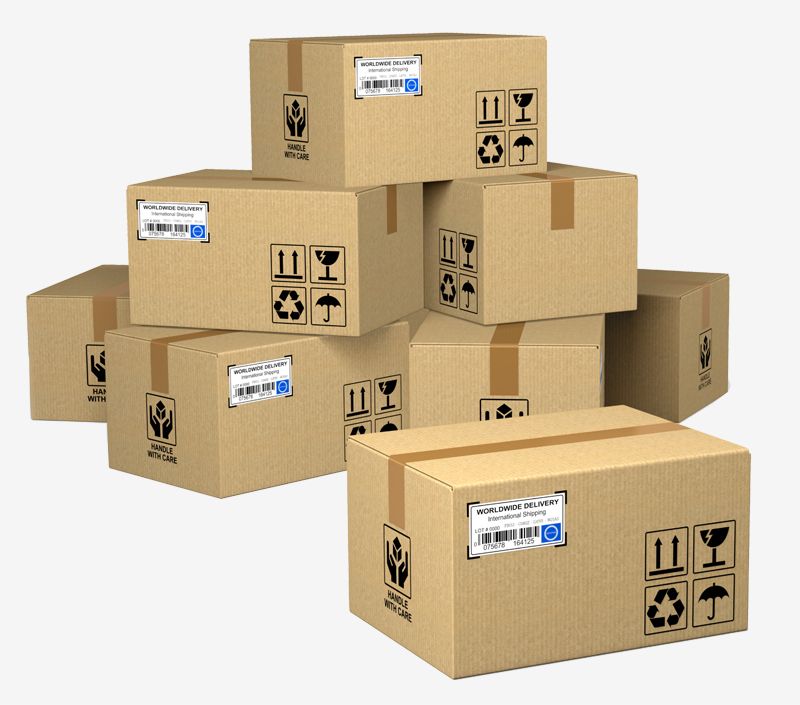Tips For Packing Dishes In Shipping Boxes

The dishes we use are typically made of material that is easily breakable like porcelain and glass. While often elegant, this fragility can be a particular problem when shipping to customers or relocating. Extra care must be taken when packing them into boxes for shipping, so they can arrive at their destination in perfect condition. Here are a few guidelines to follow to help improve the chances of safe delivery.
Pad The Bottom
Reinforcing and padding the bottom of the box is important. It will help keep the entire structure rigid throughout its journey. It also reduces the risk of breakage should the shipping boxes be dropped on a hard surface, less than gently. Pad the bottom using a thick foam insert or layer with fabric or newspaper. Reinforce the middle and bottom edges with packing tape.
Wrap Dishes Individually
Through fragile, dishes can also be hard. When in transit, they may end up rubbing against each other and causing scratches and other blemishes. It is best to wrap each dish individually using such material as newspaper. You can use a little tap to keep the paper in place. Rather than lay the plates on top of each other, try to stack them on their side to reduce the weight they would have to bear if stacked one on top of the other. Do not overload the box so it will be difficult to move or can easily come apart in transit.
Use Filler
Once you have packed in the dishes, you need to fill up the empty spaces before you seal the boxes for shipping. Loose filler like packing peanuts are a good option as they can better penetrate wherever there is even a small empty space and provide extra cushioning that will help reduce the risk of breakage.
Pad The Top
Just like you padded the bottom, do pad the top. When adding filler, leave a small space between the top layer and the top of the box. Then fill this with the same kind of padding used at the bottom. This will provide extra cushioning for protection. Even with this, do try to avoid placing anything on top of this box.
Seal Tightly
Once your box is full, seal the top well. Push down the top flaps to flatten them against the packing material within seal the ends and middle with packing tape again. Ensure to properly label the box at the top so all relevant information on what is being shipped is well-displayed. It should include labeling or printing on the box that confirms the contents are fragile and should be handled with care.

